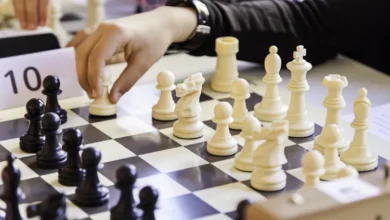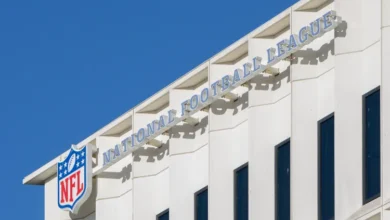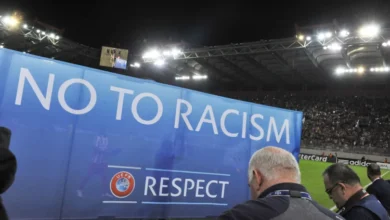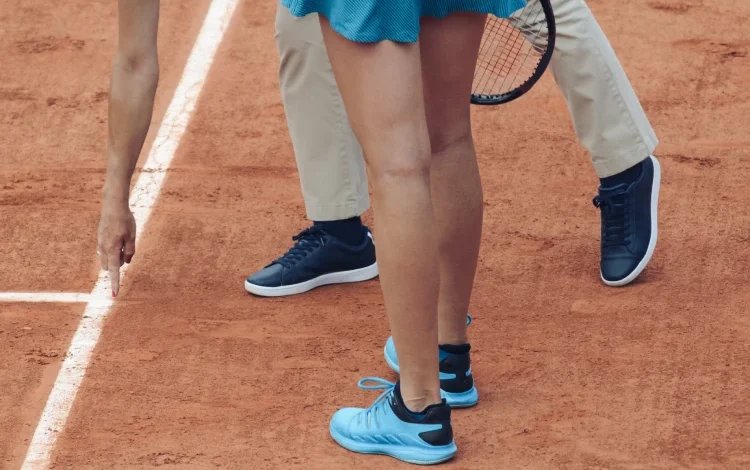
Tennis Tech Glitch in Pavlyuchenkova vs. Kartal Sparks Debate Over Automation
Wimbledon Blunder Rekindles Debate Over Automated Line-Calling
In the fourth round of Wimbledon, a Wimbledon line-calling error disrupted play on Centre Court during a high-stakes match between Anastasia Pavlyuchenkova and Sonay Kartal. A clear out ball was never called because the new electronic line system had been accidentally switched off on one side of the court.
With no backup video review and no challenge system in place, the chair umpire ordered a do-over of the point, a decision that sparked frustration and reignited debate over tennis’s growing reliance on technology.
A Missed Call in the Spotlight
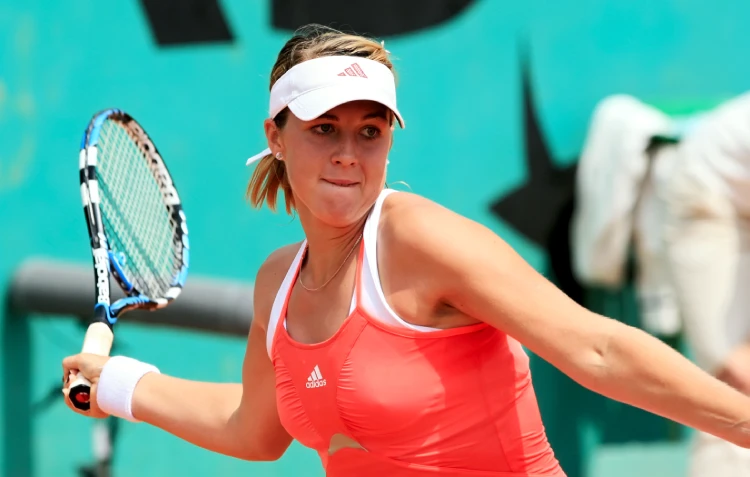
The timing couldn’t have been more critical. At 4-all in the opening set, with Pavlyuchenkova holding game point on her serve, Kartal struck a backhand that sailed past the baseline. Yet, no call followed to signal the ball was out. The match paused while chair umpire Nico Helwerth made a phone call to confirm the system’s status. Once he realized the technology hadn’t been active, he ordered the point to be replayed.
Pavlyuchenkova lost that point and the game. She expressed her frustration clearly during the changeover, saying, “You took the game away from me.” She went on to question whether the benefit of the doubt had gone to Kartal because she’s a British player competing on home soil. Helwerth later admitted to Pavlyuchenkova that he also thought the ball had gone out.
Yet in the moment, he had chosen not to make the call himself.
No Backup, No Challenges
Until last year, players could challenge questionable calls, and a replay would settle disputes. That system is gone. Now, without line judges or replays, the chair umpire is the final authority if the tech fails. According to the rulebook, when electronic tracking doesn’t produce a decision, the umpire must step in. If they’re unsure, the point is played again.
That’s what happened Sunday. The chair umpire, unsure or perhaps unwilling to take full responsibility, chose the default option. For Pavlyuchenkova, this meant a lost chance to take the lead. Though she ultimately won the match in straight sets—7-6 (3), 6-4—the error highlighted a fragile spot in an otherwise sleek digital system.
The All England Club later revealed that the tracking system had been mistakenly turned off on the server side of the court. As a result, a spokesperson admitted that three line calls went unregistered during that single game. Both players received formal apologies, and the club promised a review of operational procedures.
Trust in Technology, But Verify
Wimbledon’s move to full automation was supposed to bring precision. But as this match revealed, even well-designed systems have human fingerprints. In this case, someone behind the scenes had turned off the tracking on one side, and nobody noticed until a key point slipped through the cracks.
Pavlyuchenkova’s later comments captured the tone many players are feeling. She suggested the sport consider adopting video checks, similar to those in football, so players and officials can review points when something doesn’t feel right. “If chair umpires can’t take big decisions,” she said, “we might as well play without them.”
Some players support the shift to tech. Others remain cautious. British star Emma Raducanu and Swiss player Belinda Bencic have both voiced doubts about the system’s reliability this year.
This match might become a footnote because Pavlyuchenkova won. But had she lost, the conversation would likely be louder and longer. For now, it’s a reminder that in a game where millimeters matter, decisions still need human courage. After all, even the most advanced system is only as reliable as the people who manage it.
Like a train switching tracks without a signal, this small moment could change the direction of how tennis blends tradition with technology in the years to come.

